Every year, the German car manufacturer BMW has to destroy about 10,000 cars, including those that have served as test drives or prototypes, before new products are released to the market.
BMW has established the Recycling and Dismantling Center (RDC) since 1994. This is where pre-production cars, used as models and for testing purposes, are processed, as they do not meet the standards to be sold on the market.
This is also the largest car recycling center in Germany. Here, the company not only dismantles cars but also recycles reusable parts to minimize the release of hazardous substances into the environment.
New car models will contain 1.5 to 3 km of cables, mainly made of copper, with significant economic value. In addition, some parts of the car are made of aluminum and the exhaust filter contains precious metals such as platinum, rhodium, and palladium, most of which will be recycled.
The dismantling process starts by activating the airbag, followed by the seat-belt tensioner, and finally removing the battery. Technicians will remove fuel, oil, coolant, and windshield washer fluid for future reuse. The remaining parts will be dismantled according to the procedure.
For electric cars, the dismantling process starts by removing the battery.
Parts that cannot be reused will be compressed by a giant machine into square blocks and transferred to another location for further processing.
In Germany, each car must meet at least 85% recyclability for its parts and 95% can be processed or safely disposed of. Therefore, the RDC provides information to BMW designers for the development of cars that can be optimized in terms of recycling.
TH (Tuoitrethudo)


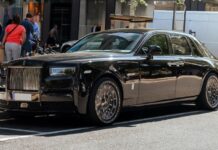



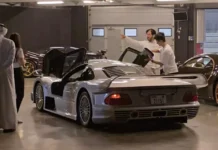
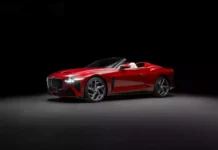


















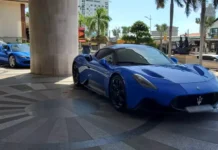
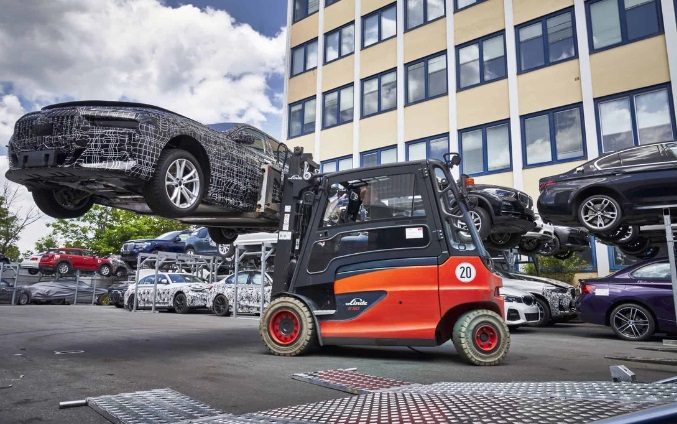

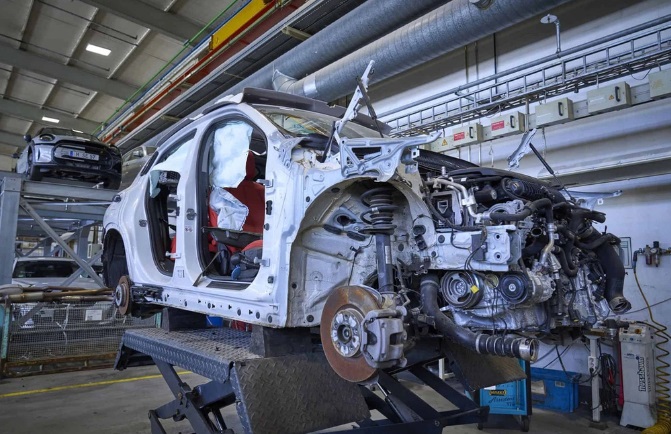
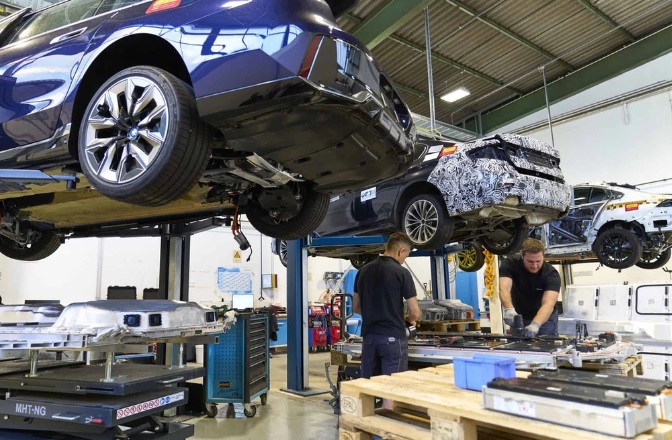
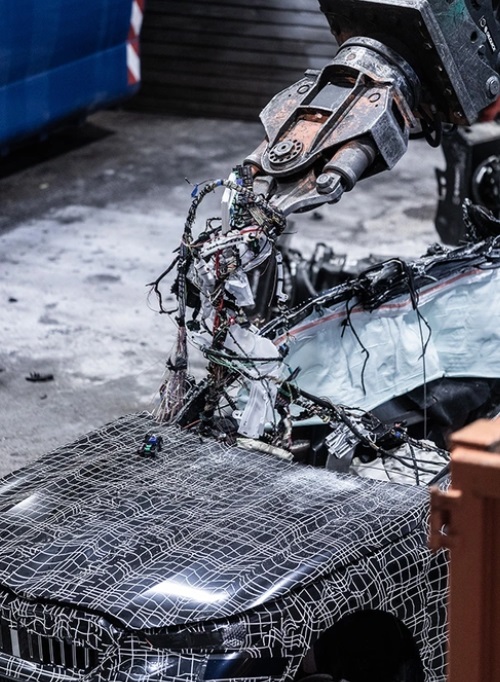
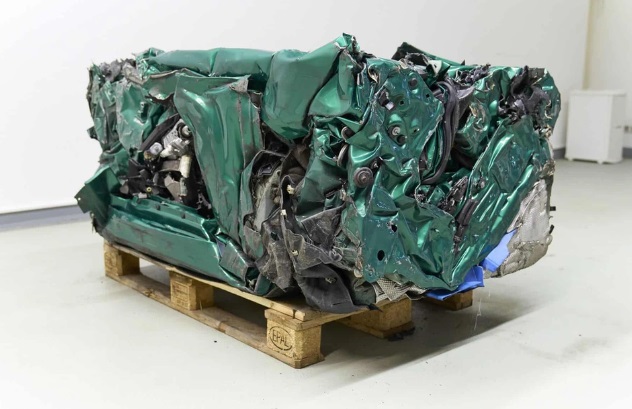

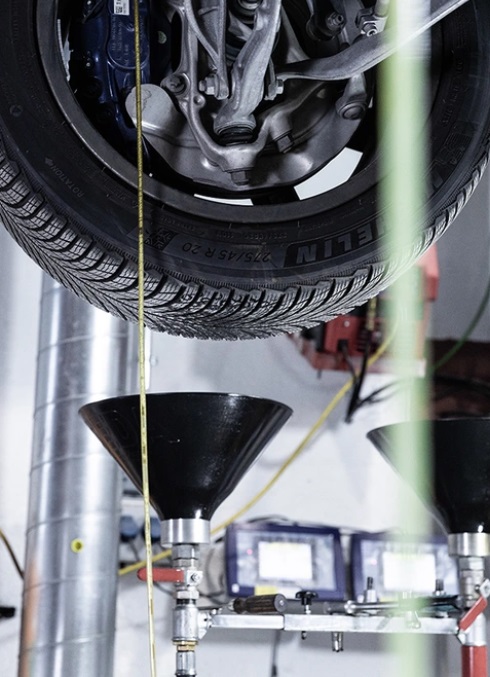
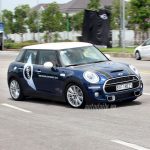
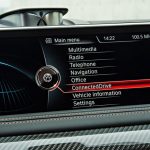
![[CAR REVIEW] The Newly Launched BMW iX3 in Vietnam: Compact, Practical, and Expensive](https://vnauto.net/wp-content/uploads/2023/10/xehay-bmwix3-01082023-9-150x150.jpg)













